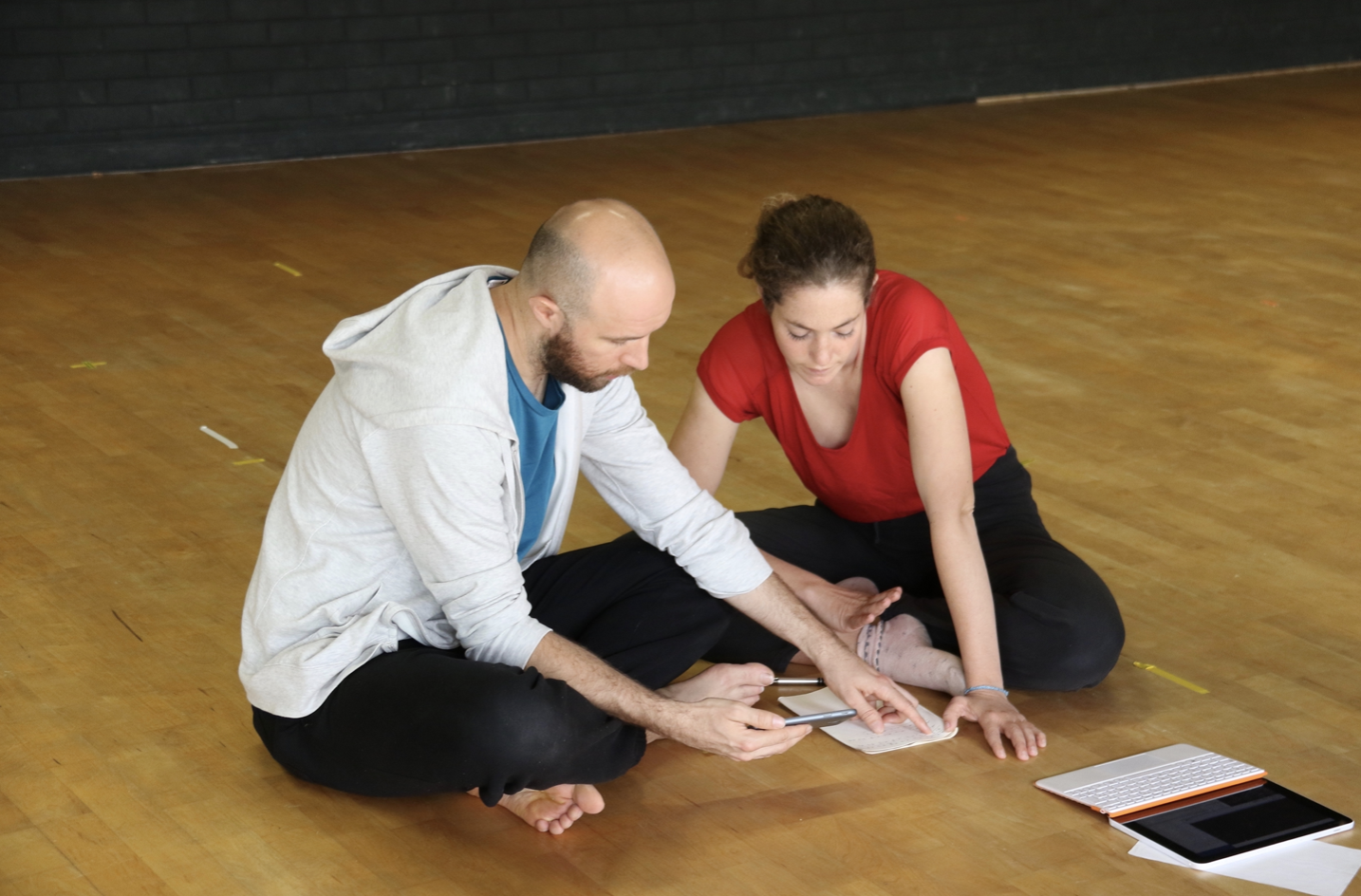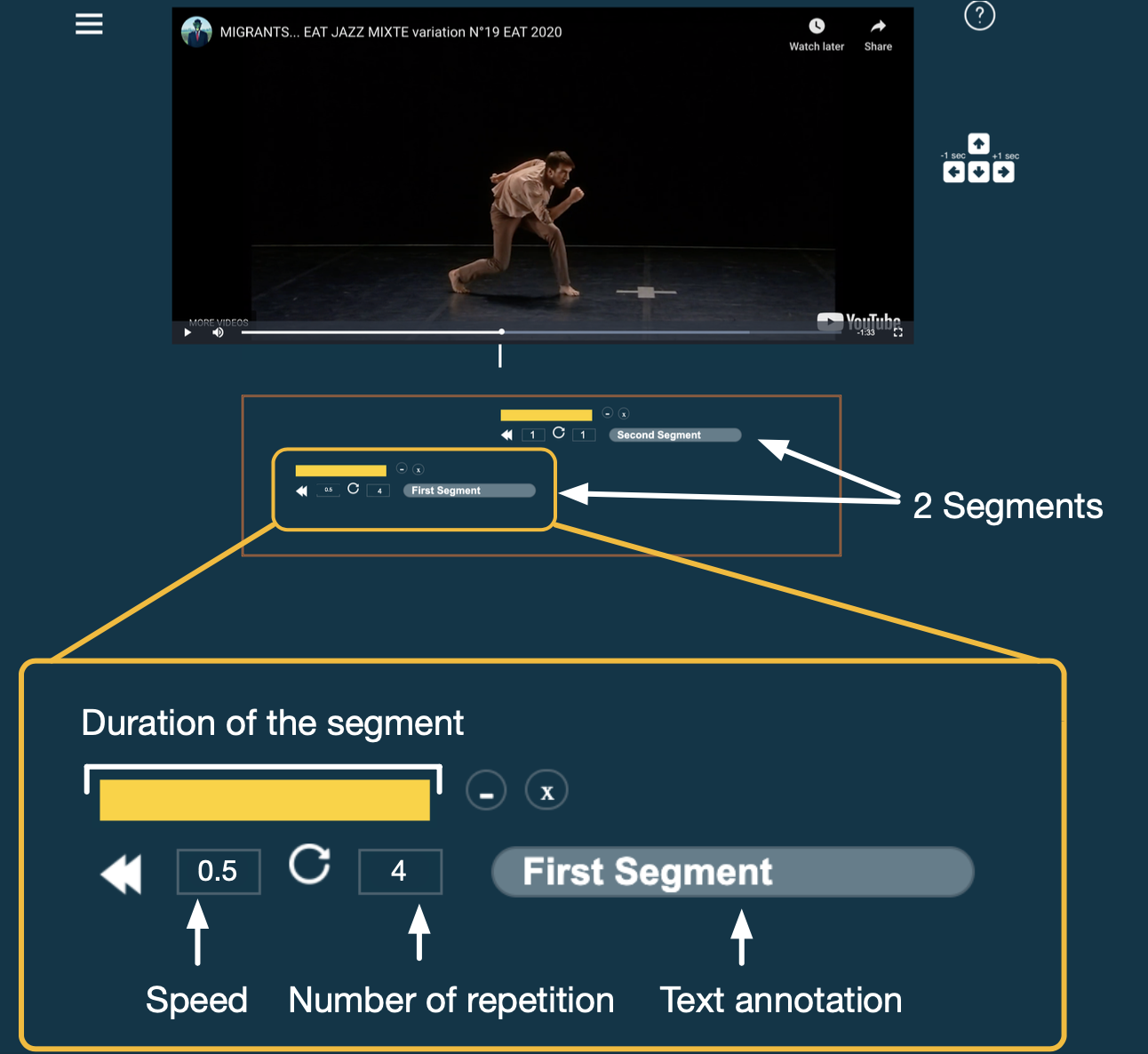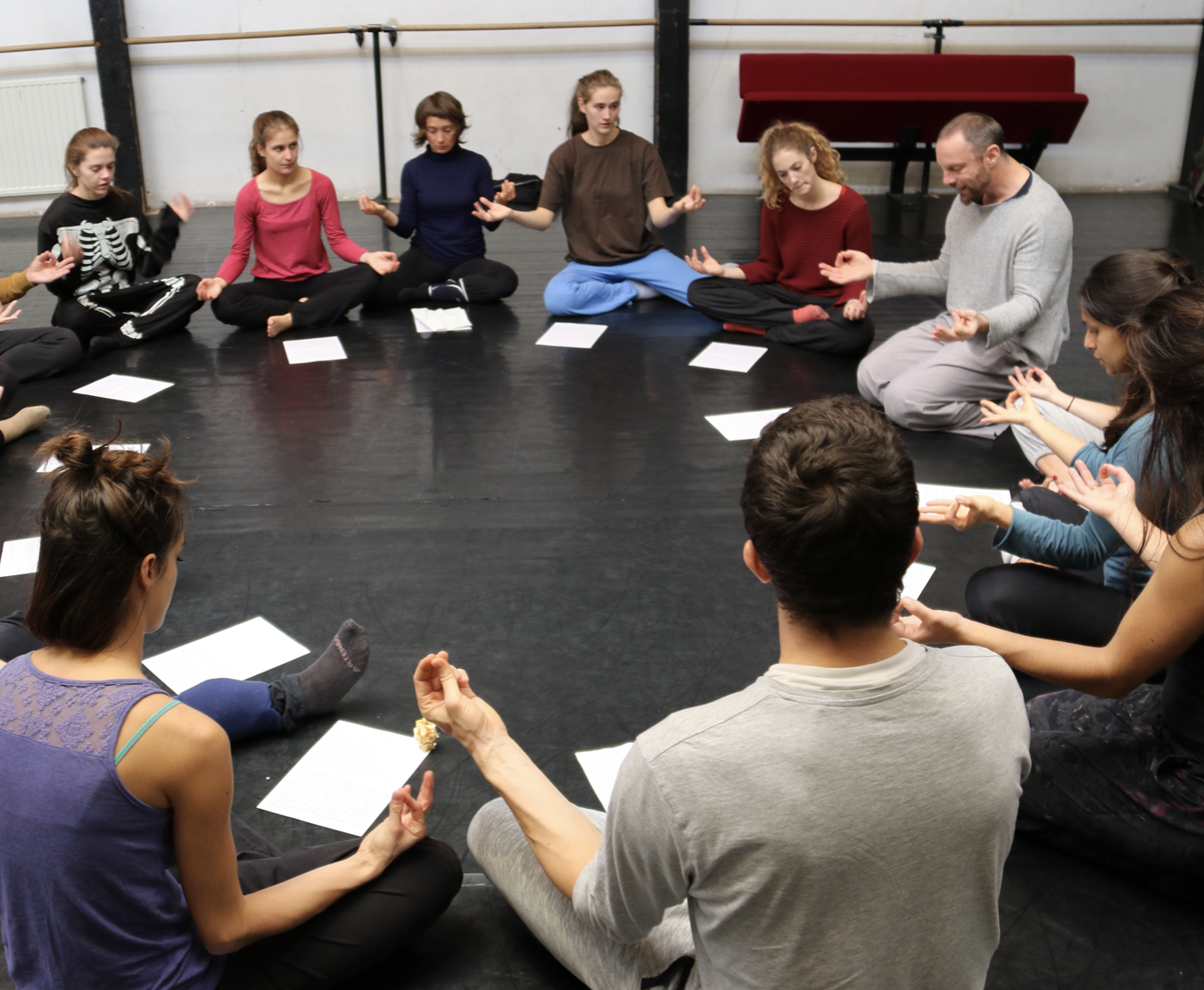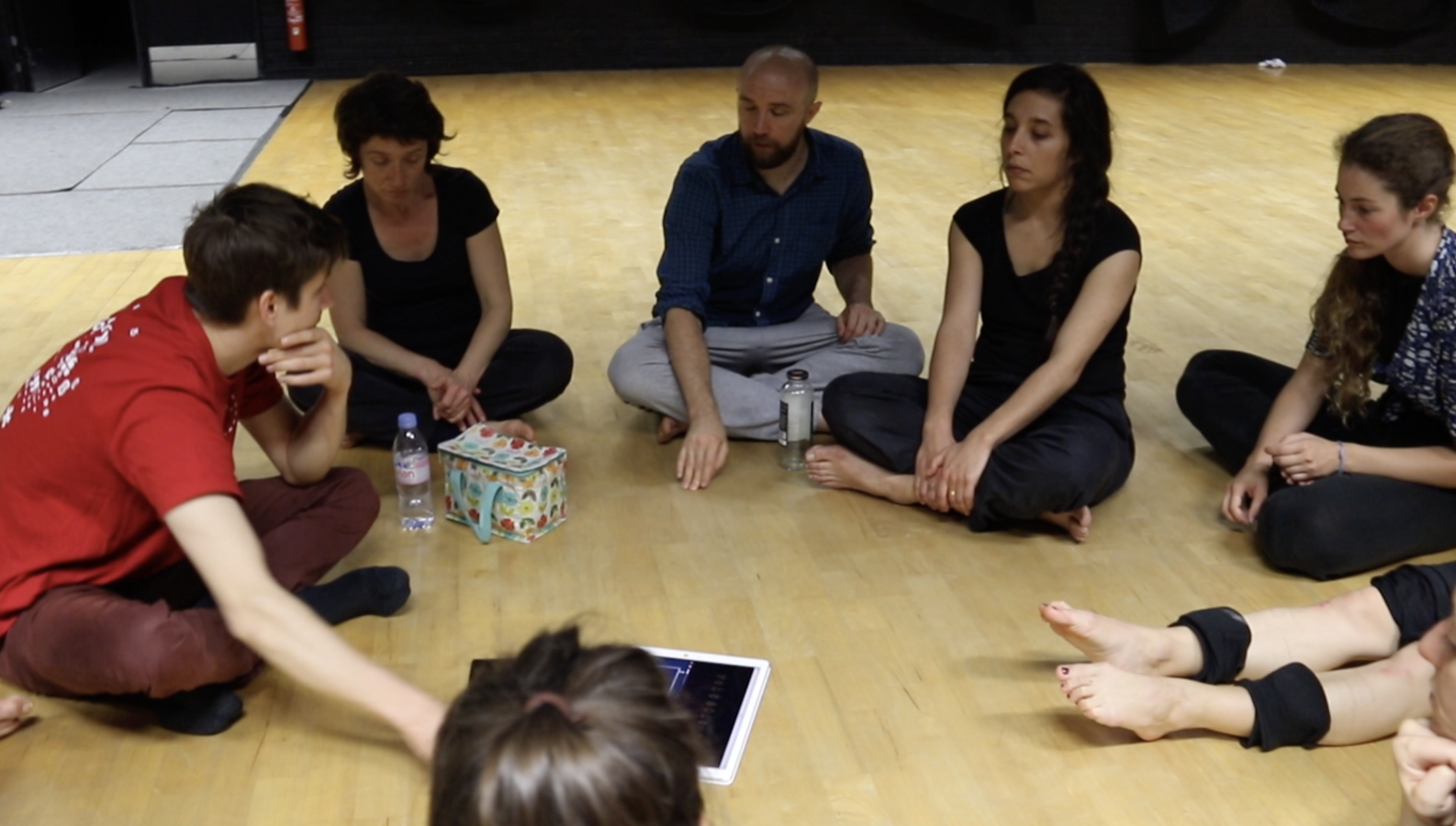Exploring the Role of Artifacts in Collective Dance Re-staging
Preparing a new dance performance involves more than learning individual steps. We conducted a 12-month longitudinal observational study with a dance company that re-staged a dance piece, taken from the contemporary repertoire and unknown to the dancers.
This study focuses on the role that artifacts play in shaping the learning of a dance piece.
Abstract:
Preparing a new dance performance involves more than learning individual steps. We are interested in understanding how dancers collaborate as they rehearse a new dance piece, with a particular emphasis on how they use physical and digital artifacts to support this process. We conducted a 12-month longitudinal observational study with a dance company that re-staged a dance piece, taken from the contemporary repertoire and unknown to the dancers. The study focused on the role that artifacts play in shaping the learning of a dance piece. We showed how dancers produced an ecology of artifacts with the aim of analyzing the choreographic ideas behind the dance and sharing them with other learners.
We showed that sharing these artifacts was challenging because they are idiosyncratic and embody their creator perspective and vocabulary. We then illustrated how dancers overcome this challenge by compiling artifacts and distributing the learning task among the group in order to create a common knowledge of the piece which improves the learning process. We conclude with design opportunities for technologies supporting long-term dance learning processes.
Some Pictures :
Thèse de doctorat de l’Université Paris-Saclay École doctorale n°580, Sciences et technologies de l’information et de la communication (STIC) Spécialité de doctorat: Interaction Homme-Machine Thèse présentée et soutenue à Orsay, le 11/12/2020, par Jean-Philippe Rivière
















